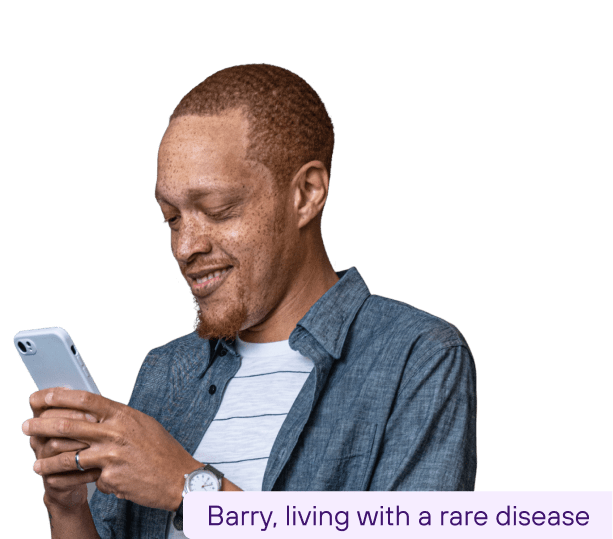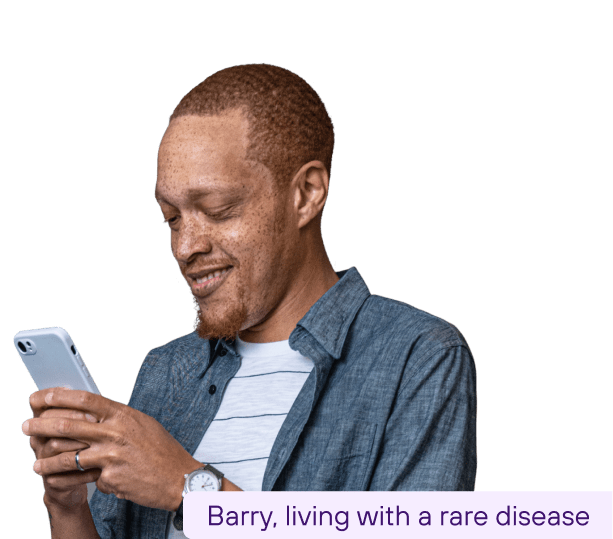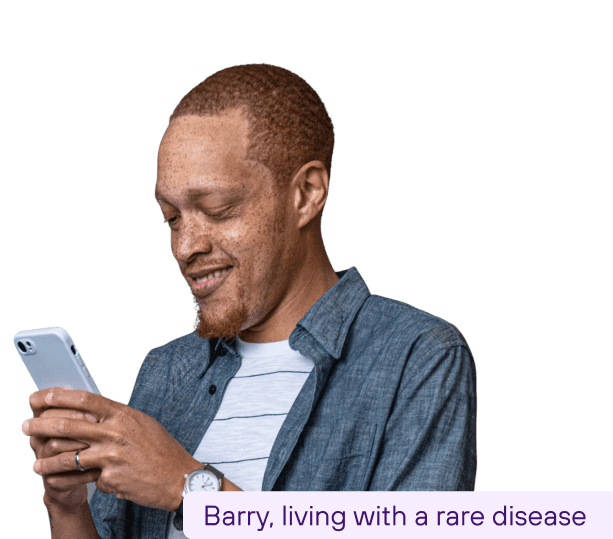The Gene-Therapy Journey
Each person's journey with a gene therapy is unique—know that your journey will be specific to you. As you think about the steps ahead, it may be helpful to take the time to learn about the gene-therapy process and what it involves. Always talk to your healthcare provider or healthcare team if you have questions; the information below does not replace medical advice.
The Steps of a Gene Therapy
Like all prescription medicines, gene therapies must be prescribed by a healthcare provider. That’s why the first step is for you and your family to meet with a healthcare provider to discuss if gene therapy is right for you. As part of this conversation, your healthcare provider will explain the goals of treatment, the risks and benefits of gene therapy, and the costs and financial assistance that may be available.
Your healthcare provider may put you in contact with experts at an Authorized Treatment Center (ATC) to discuss gene therapy in more detail. The treatment center healthcare team will ensure you have the information you need to make a decision about your treatment.
Before you start any gene therapy, you should know this process may require changes to your everyday routine. Your healthcare team will explain the treatment timing and steps that you will need to prepare for.
- You will need to take dedicated time away from work or school
- You may want to talk to family members, employers, or teachers about the potential impact to your daily responsibilities
See more
See less
You may need to take other medications or treatments before receiving gene therapy. These could include blood transfusions, collection of your stem cells, and chemotherapy that will help your body prepare for the gene therapy. The types of medications and procedures depend on:
- Your genetic condition
- The specific gene therapy you and your healthcare provider have decided upon
- How that gene therapy is made
See more
See less
Gene therapies are often made at a specialized lab, during a period that may be referred to as "manufacturing." Depending on the type of gene therapy, the manufacturing period may be a time during the treatment process where you may be able to go home and start planning for the next steps.
You will work closely with your treatment center team to schedule a time to receive your gene therapy.
- Some types of gene therapy can require a longer stay at the treatment center during time that spans the pre-treatment preparation (which could include chemotherapy), the gene-therapy procedure, and recovery time periods
- After you receive your gene therapy, your healthcare team will monitor you to check that your body is responding to treatment
- Following a recovery period, your healthcare team will let you know when you are ready to return home
See more
See less
After returning back home, you may need to have follow-up appointments with your healthcare team to monitor your health over the long term. They will:
- See how your gene therapy is working and check for any side effects
- Continue to be a resource for any questions that come up
It can take time to adjust to life at home and your regular routines after gene therapy. Support groups in your area or online can help you connect with others who have gone through similar experiences. You can find some advocacy and support organizations here.
See more
See less



Support at Every Step
Your Care Manager will connect with you regularly to make sure you have the resources you need. They will also help prepare you and your loved ones for what to expect during your journey with a Vertex gene therapy.
